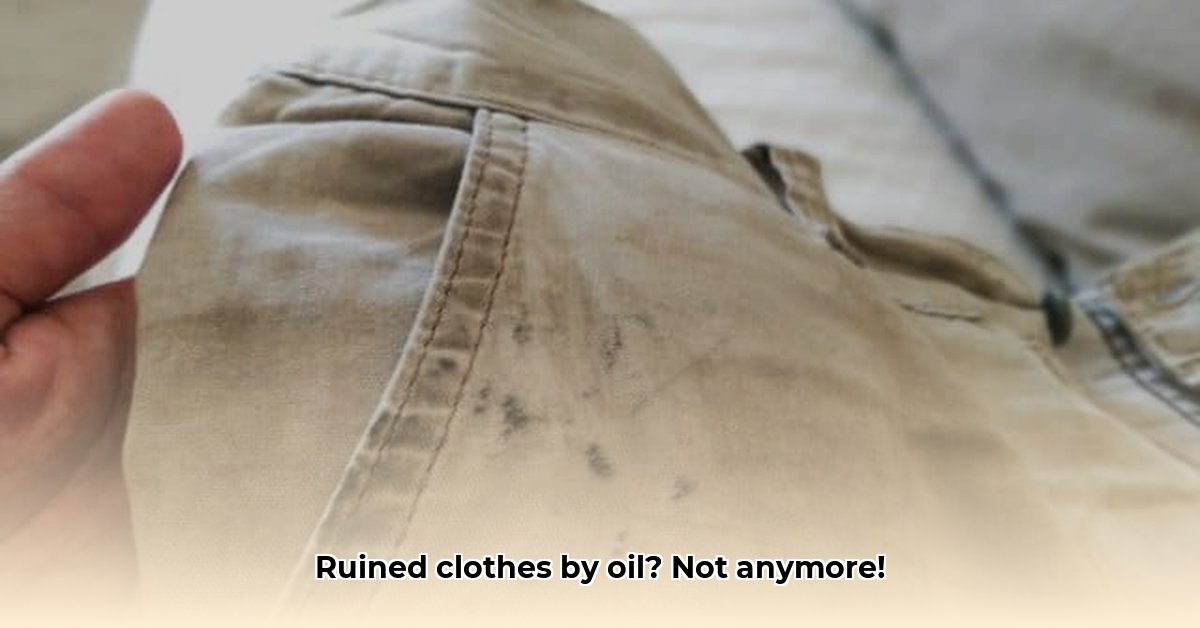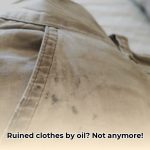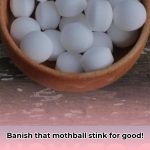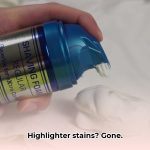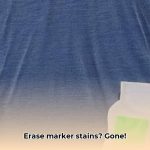Spilled motor oil on your favorite shirt? Don’t panic! This guide will show you how to effectively remove those stubborn stains, whether fresh spills or set-in spots. We’ll cover everything from simple pantry staples to more powerful techniques, ensuring your clothes return to their pristine glory.
Quick Stain Removal Solutions: At-a-Glance
| Method | Fabric Type | Materials | Effectiveness |
|---|---|---|---|
| Baking Soda | Most | Baking soda, brush | Medium |
| Dish Soap | Most | Dish soap, hot water | High |
| Shampoo | Delicates | Shampoo, water | Medium |
| WD-40 | Most (test first) | WD-40, dish soap, hot water, Q-tip (optional) | High |
| Acetone | Durable fabrics ONLY (test first) | Acetone, cotton swab | Very High (but risky) |
| Cornstarch | Delicates | Cornstarch, brush | Medium |
Detailed Stain-Fighting Strategies
Method 1: Baking Soda Power
- Materials: Baking soda, soft-bristled brush (an old toothbrush works well), laundry detergent
- Steps:
- Generously sprinkle baking soda over the entire oil stain.
- Let it sit for a few hours, or preferably overnight.
- Gently brush away the baking soda. A color change in the baking soda probably means it’s absorbed the oil.
- Launder the garment as usual.
- Why it works: Baking soda acts as an absorbent, drawing the oil out of the fabric fibers.
Method 2: Dish Soap Degreasing
- Materials: Dish soap (Dawn is often recommended for its grease-fighting power, but other brands may work similarly), hot water, laundry detergent
- Steps:
- Apply dish soap directly to the oil stain.
- Gently rub the soap into the fabric.
- Rinse with hot water. Repeat steps 1-2 if oil remains visible.
- Launder as usual.
- Why it works: Dish soap is formulated to break down grease molecules, making them easier to wash away.
Method 3: Gentle Shampoo Care
- Materials: Mild shampoo, water, laundry detergent
- Steps: Follow the same steps as the dish soap method, substituting shampoo for the dish soap.
- Why it works: Designed for delicate fibers, shampoo cleans without harsh chemicals. Ideal for silk or wool. Always test on an inconspicuous area first.
Method 4: WD-40 Penetration
- Materials: WD-40, dish soap, hot water
- Steps:
- Test first: Apply WD-40 to a hidden area to check for colorfastness.
- Spray WD-40 directly onto the stain. Let it sit for 20 minutes.
- Apply dish soap over the WD-40 and launder as usual.
- Why it works: WD-40 can help loosen oil’s grip on fabric fibers. Use with caution and always test first.
Method 5: Acetone Dissolving (Extreme Caution!)
- Materials: Acetone (nail polish remover), cotton swab
- Steps:
- Test Imperative: Apply a tiny amount of acetone to an inconspicuous area. Acetone can melt some synthetics and damage finishes on some fabrics.
- If the test area is unaffected, carefully dab a small amount of acetone onto the stain.
- Immediately launder as usual.
- Why it works (and why to be EXTRA careful): Acetone is a powerful solvent that can dissolve oil, but it’s also very harsh. Use sparingly and only as a last resort on durable fabrics. Never use acetone on delicate fabrics.
Method 6: Cornstarch Absorption
- Materials: Cornstarch, soft brush
- Steps:
- Sprinkle cornstarch liberally onto the oil stain.
- Let it sit for several hours or overnight.
- Gently brush off the cornstarch and launder on a delicate cycle.
- Why it works: Similar to baking soda, cornstarch absorbs oil, making it ideal for delicate fabrics.
Fabric-Specific Advice
| Fabric Type | Recommended Method(s) |
|---|---|
| Cotton | Dish soap, baking soda & vinegar, WD-40 (test first!), laundry detergent & baking soda |
| Polyester | Dish soap, WD-40 (test!), cornstarch |
| Delicates (Silk, Wool) | Cornstarch, baby powder, professional cleaning |
| Synthetics (Nylon, Rayon) | Dish soap, laundry detergent & baking soda (test!) |
| Denim | All methods (except those for delicate fabrics) |
| Leather/Suede | Professional cleaning recommended |
Tackling Tough Stains & Prevention
Set-in Stains: For older stains, pre-soak the garment in warm water with a stain remover for a few hours before washing. You may need to repeat your chosen cleaning method.
Prevention: Wear an apron or old clothes when working with motor oil. Keep clean rags handy for spills.
Understanding the Enemy: Why Motor Oil Stains Are So Stubborn
Motor oil’s viscosity (thickness) allows it to cling to fabric fibers. The dyes and additives further complicate removal, and oil’s natural tendency to repel water makes simple washing ineffective. This combination makes motor oil stains particularly challenging.
Safety First!
When using any cleaning product, especially solvents like WD-40 or acetone, work in a well-ventilated area. Wear gloves to protect your skin. Always follow product label instructions.
Frequently Asked Questions
- Can I use hot water on all fabrics? No. Always check the garment’s care label. Hot water can set stains on some fabrics or cause shrinkage or damage.
- What if the stain doesn’t come out completely? Repeat the cleaning process or try a different method. For persistent stains, consider professional dry cleaning.
- Is it safe to dry a garment with an oil stain in the dryer? No. Heat will likely set the stain. Always air dry until the stain is gone.
- How can I prevent oil from spreading when blotting? Use a clean section of the cloth or paper towel for each blot, working from the outside of the stain inward.
Need More Help?
For stains on other surfaces (carpet, upholstery), see our guide on removing motor oil from various materials. (This is a placeholder link – add a real link here) We also have resources for tackling other types of stains, like removing grease stains and removing paint stains. (These are placeholder links – add real links here)
By following these tips, you’ll be well-equipped to conquer motor oil stains and keep your clothes looking their best!
- How to Get Motor Oil Out of Clothes: Proven Methods & Step-by-Step Guide - April 25, 2025
- How to Get Mothball Smell Out of Clothes: A Complete Guide - April 25, 2025
- How to Get Highlighter Out of Clothes: Easy & Effective Stain Removal Guide - April 25, 2025
